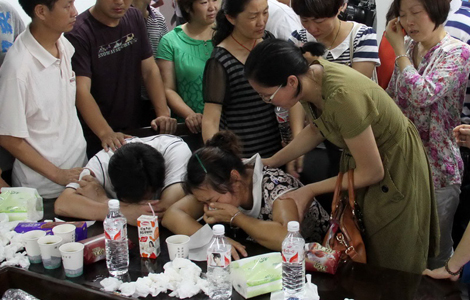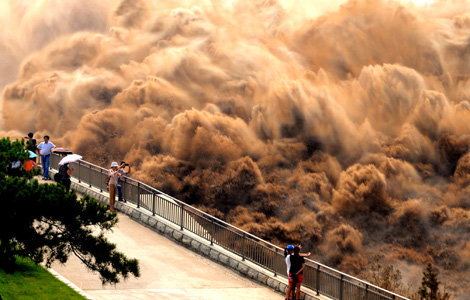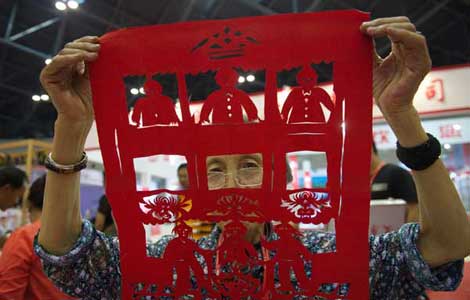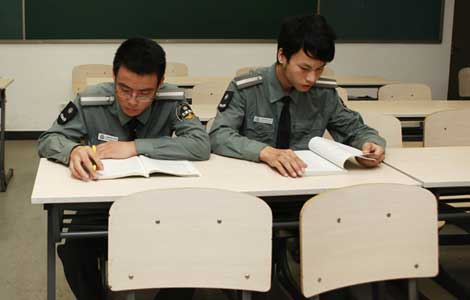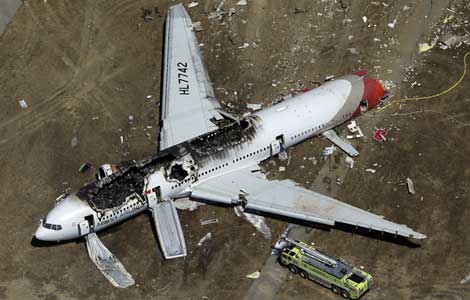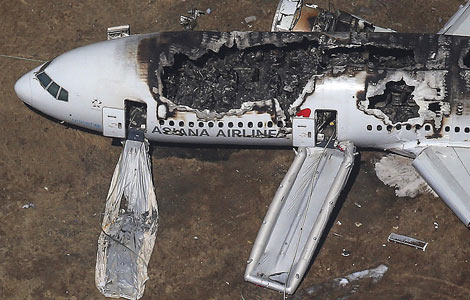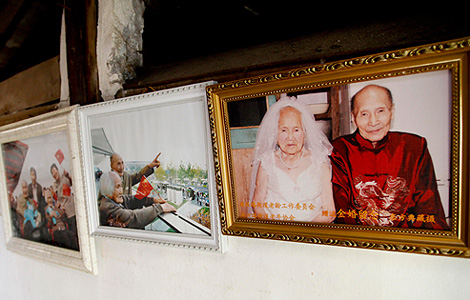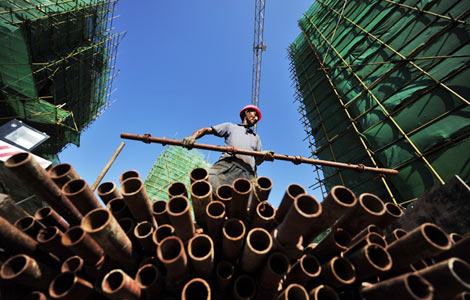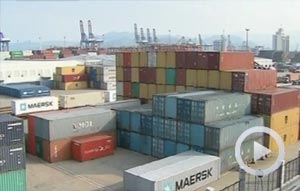Officials probe why crashed SF jet flew too slow
Updated: 2013-07-08 16:58
(Agencies)
|
||||||||
San Francisco - Officials investigating a jetliner crash in San Francisco have determined that Asiana Airlines Flight 214 was traveling "significantly below" its target speed as it approached the airport and that the crew tried to abort the landing just before it smashed onto the runway. What they don't yet know is why, and whether the pilot's inexperience with this type of aircraft and this airport played a role.
A day after the jetliner crash-landed in San Francisco, killing two people and injuring more than 180, officials said Sunday that the probe was also focusing on whether the airport or plane's equipment could have also malfunctioned.
Also Sunday, San Mateo County Coroner Robert Foucrault said he was investigating whether one of the two teenage passengers killed actually survived the crash but was run over by a rescue vehicle rushing to aid victims fleeing the burning aircraft. Remarkably, 305 of 307 passengers and crew survived the crash and more than a third didn't even require hospitalization. Only a small number were critically injured.
Investigators said that the weather was unusually fair for foggy San Francisco. The winds were mild, too. During the descent, with their throttles set to idle, the pilots never discussed having any problems with the plane or its positioning until it was too late.
Seven seconds before the Boeing 777 struck down, a member of the flight crew made a call to increase the jet's lagging speed, National Transportation Safety Board chief Deborah Hersman said at a briefing based on the plane's cockpit and flight data recorders. Three seconds later came a warning that the engines were about to stall.
Two-and-a-half seconds later, the crew attempted to abort the landing and go back up for another try. The air traffic controller guiding the plane heard the crash that followed almost instantly, Hersman said.
While investigators from both the U.S. and South Korea are in the early stages of an investigation that will include a weeks-long examination of the wreckage and alcohol tests for the crew, the news confirmed what survivors and other witnesses had reported: a slow-moving airliner flying low to the ground.
"We are not talking about a few knots" difference between the aircraft's target landing speed of 137 knots per hour, or 157 mph, and how fast it was going as it came in for a landing, Hersman said.
In the first comments on the crash by a crew member, cabin manager Lee Yoon-hye said that seconds before impact she felt that something was wrong.
"Right before touchdown, I felt like the plane was trying to take off. I was thinking 'what's happening?' and then I felt a bang," Lee told reporters Sunday night in San Francisco. "That bang felt harder than a normal landing. It was a very big shock. Afterward, there was another shock and the plane swayed to the right and to the left."
She said that during the evacuation, two inflatable slides that were supposed to inflate toward the outside, inflated toward the inside of the plane, hurting two Asiana flight attendants. Pilots came to rescue the flight attendants but even after getting injured, she said that the crew did not leave the plane until after the passengers evacuated. She said she was the last one to go.
Pilots normally try to land at the target speed, in this case 137 knots, plus an additional five more knots, said Bob Coffman, an American Airlines captain who has flown 777s. He said the briefing raises an important question: "Why was the plane going so slow?"
The plane's Pratt & Whitney engines were on idle and the pilots were flying under visual flight rules, Hersman said. Under visual flight procedures in the Boeing 777, a wide-body jet, the autopilot would typically have been turned off while the automatic throttle, which regulates speed, would been on until the plane had descended to 500 feet in altitude, Coffman said. At that point, pilots would normally check their airspeed before switching off the autothrottle to continue a "hand fly" approach, he said.
There was no indication in the discussions between the pilots and the air traffic controllers that there were problems with the aircraft.
The airline said Monday in Seoul that the pilot at the controls had little experience flying that type of plane and was landing one for the first time at that airport.
Asiana spokeswoman Lee Hyomin said that Lee Gang-guk, who was at the controls, had nearly 10,000 hours flying other planes but only 43 in the 777, a plane she said he still was getting used to flying. Another pilot on the flight, Lee Jeong-min, had about 12,390 hours of flying experience, including 3,220 hours on the 777, according to the Ministry of Land, Infrastructure and Transport in South Korea. Lee was the deputy pilot, tasked with helping Lee Gang-guk get accustomed to the 777, according to Asiana Airlines.
Survivors and rescuers said it was nothing less than astonishing that nearly everyone survived after a frightful scene of fire burning inside the fuselage, pieces of the aircraft scattered across the runway and people fleeing for their lives.
- Vehicle may have run over air crash victim
- Parents of plane crash victims to leave for US
- SF air disaster unlikely to deter students and tourists
- Boeing offers condolences over Asiana plane crash
- Chinese airlines to offer help after Asiana crash
- Asiana crash causes confusion, frayed nerves
- Boeing issues condolence message over air crash
- Asiana flight crashes at SFO
Most Viewed
Editor's Picks

|

|

|
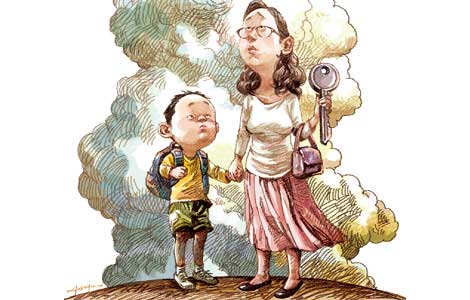
|

|

|
Today's Top News
Boeing 777 passenger 'mumbled a prayer'
Ex-minister gets suspended death
Workers return after dispute
Job seekers should be cautious abroad
River pollution sparks criticism
Terror attack was planned: suspect
Booming security industry needs skilled youth
A bright future for native black pigs?
US Weekly

|

|
